Cooling filtration
Whisky is often chill-filtered to avoid clouding at low temperatures. But how does this affect the flavour of the Wisky? Find out how whisky is chill-filtered and what happens physically in the process.

Why is cooling filtered?
Naturalness is all the rage. Whether it's food or cosmetics, many people are striving for a natural lifestyle. It is also important to many Whisky lovers to enjoy natural Whisky with its full flavour.
In this context, the question arises: if 'non-chill filtering' is so popular, why do so many large Whisky producers still chill filter? Especially as chill filtering involves a certain amount of effort and is also a question of money: you need equipment to control the temperature, filters, labour, energy and time.
Video by Horst Lüning on the subject of cooling filtration from 2013
How is cooling filtered?
The Whisky must first be cooled to 0-4° C. Some producers even chill it down to -10° C so that the whisky is even less prone to clouding. This is because whisky later begins to become cloudy when consumed below the temperature to which it was cooled during chill-filtering.
Once it has been brought to the desired low temperature, the Whisky is pressed through a paper filter consisting of around 20-25 layers. Logically, these filters have to be replaced regularly. In addition, a residual amount of whisky always remains in the filter, resulting in a further loss for the manufacturer.
There are said to be some cost-saving Scotch whisky producers who save on cooling in winter and simply press the Whisky through the filter when the outside temperature is around 0 degrees.
Nevertheless, saving the process of chill-filtering saves money, labour and resources.
What happens during cooling filtration?
The clear advantage of cooling filtration is that there is no turbidity. But where does this cloudiness actually come from? To answer this question, first look at the composition of whisky. It consists of at least 40 % alcohol. Added to this is 59 % water and 1 % other substances that create the flavours. These include, for example, esters, phenols, aldehydes, ketones and tannins, as well as proteins and lipids. These lipids, i.e. fats or fatty acids, do not dissolve in water as well as alcohol and small 'spheres', also known as micelle, are formed from the chemical compounds between water, acid and carbon. These balls become visible in the liquid as a grey haze, which causes the turbidity.
This grey haze is particularly visible when non-chill-filtered whiskies are cooled or when the solubility of the alcohol is reduced by adding water. The video uses a bottle at room temperature and a chilled bottle to demonstrate the influence of temperature on the turbidity of the whisky. If the whisky becomes warmer again, it usually loses the haze as the micelles dissolve. There are special cases in which the micelles become so stable that they do not dissolve again.
Different malts contain different lipids and therefore do not tend to cloud to the same extent. In addition, there are of course different filters and filter methods. It is difficult to judge how strongly distilleries filter their whiskies, as there are also bottlings that are cloudy even though the bottle does not say 'not chill-filtered' (as with the Glenfarclas bottle in the video).
It is often said that no clouding occurs from an alcohol content of 46%. However, this statement should be treated with caution. On the one hand, this is due to the different normal coarse filtering processes used by the companies and, on the other, to the extent to which the whisky is supplied with the lipids described above during the production process: the more, the cloudier.
Doesn't chill-filtered Whisky taste better than chill-filtered Whisky?
The Malt Maniacs study presented in the video, which involved blind tasting various chill-filtered and non-chill-filtered whiskies, came to the conclusion that it is not possible to judge by taste whether a Whisky is chill-filtered or not. In fact, the opposite seems to be the case: The test subjects preferred the chill-filtered version of the whisky to the non-chill-filtered version in 13 out of 16 cases.
The conclusion of the Malt Maniacs study reads as follows:
"Chill-filtered Whisky tastes different to non-chill-filtered whisky. Non-chill-filtered whisky does not taste better. And Whisky connoisseurs typically aren't good at figuring out what's chill-filtered and what's not. Chill-filtering doesn't necessarily make the Whisky change as expected." Whisky.de also conducted a large-scale blind trial with over 1,000 individual samples and more than 100 experienced connoisseurs. For this purpose, non-chill-filtered whiskies were tasted and evaluated once in their original form and once filtered through diatomaceous earth in their own fridge. The results were the same here too. There is even a slight tendency for weakly matured whiskies to have a positive effect on flavour when chill-filtered.
These figures are - to put it mildly - explosive for an entire industry! The principle of "I only drink non-chill-filtered whisky" should be seriously reconsidered, as this deprives yourself of some of the really good whiskies.
In the end, the issue of chill-filtering is probably more of a philosophical question. In the past - before the refrigeration machine invented by Carl von Linde became widespread in 1920 - it was not possible to chill, and therefore not possible to chill-filter. The question now is: do we want to go back to that time with our taste and reject modern technology? Of course, this would also have disadvantages, as people didn't live as long in the past. On the other hand, the more alcohol we drink, the less long we live - and whether the whisky is chill-filtered or not is probably irrelevant in this respect.
Here you will find a selection of non-chill-filtered Whiskies!



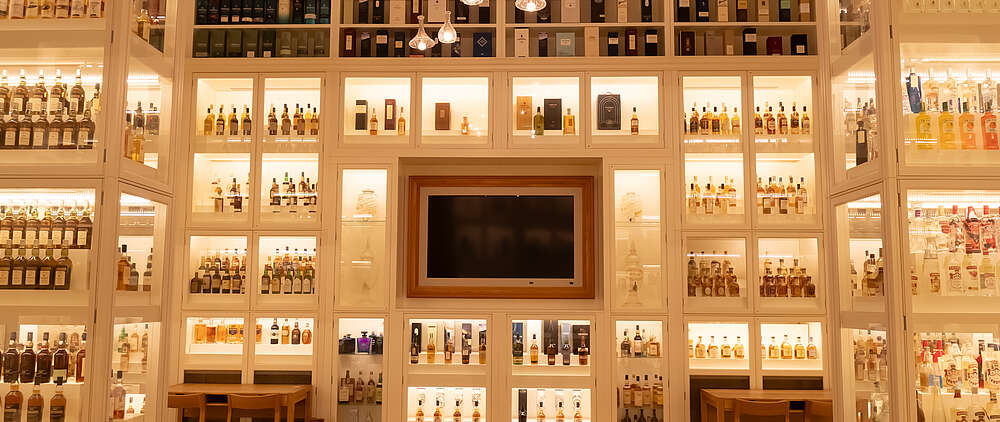
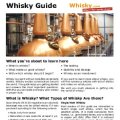


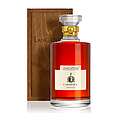
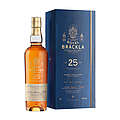

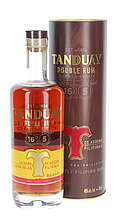
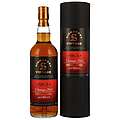



To comment, you must be logged in